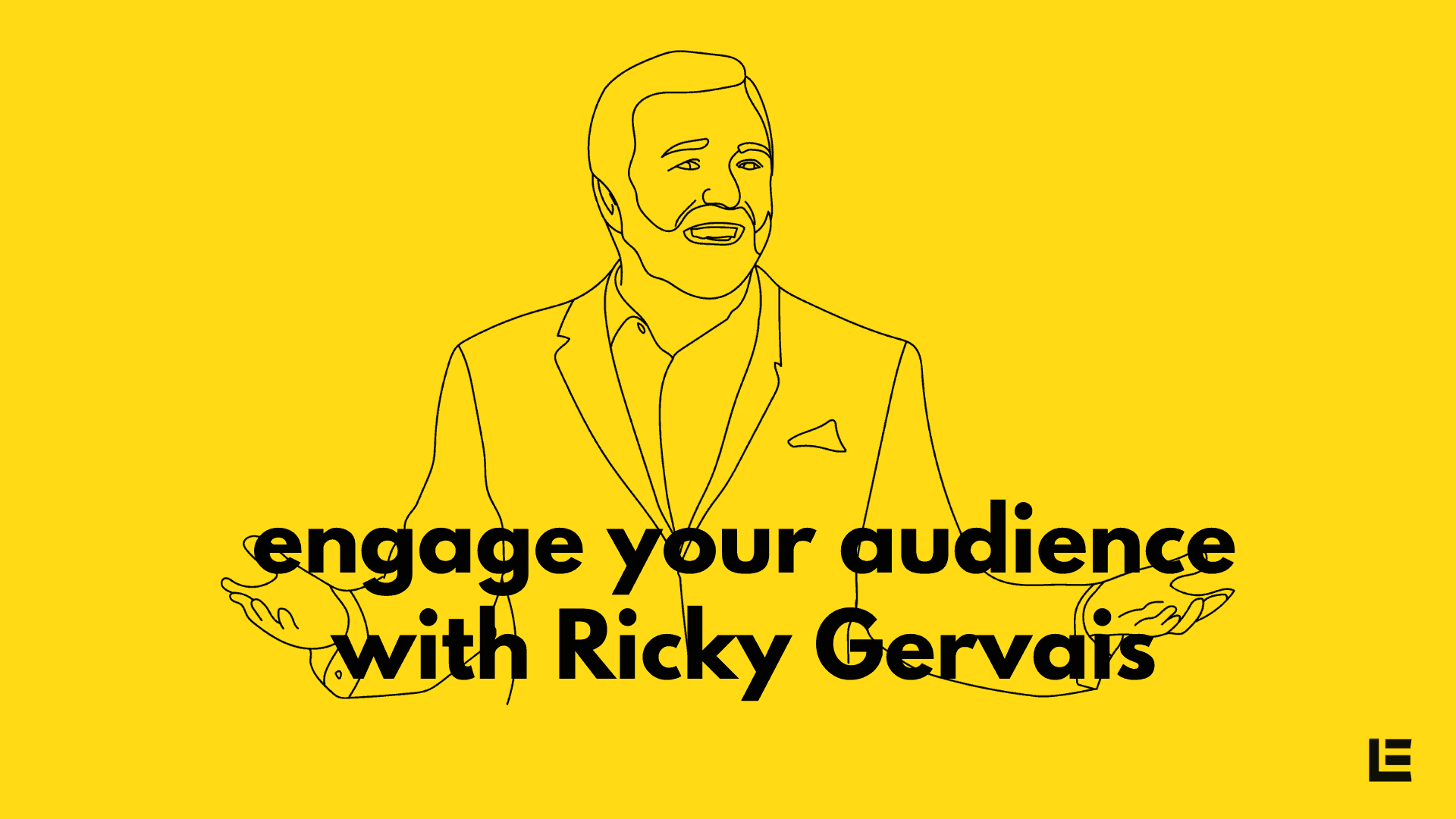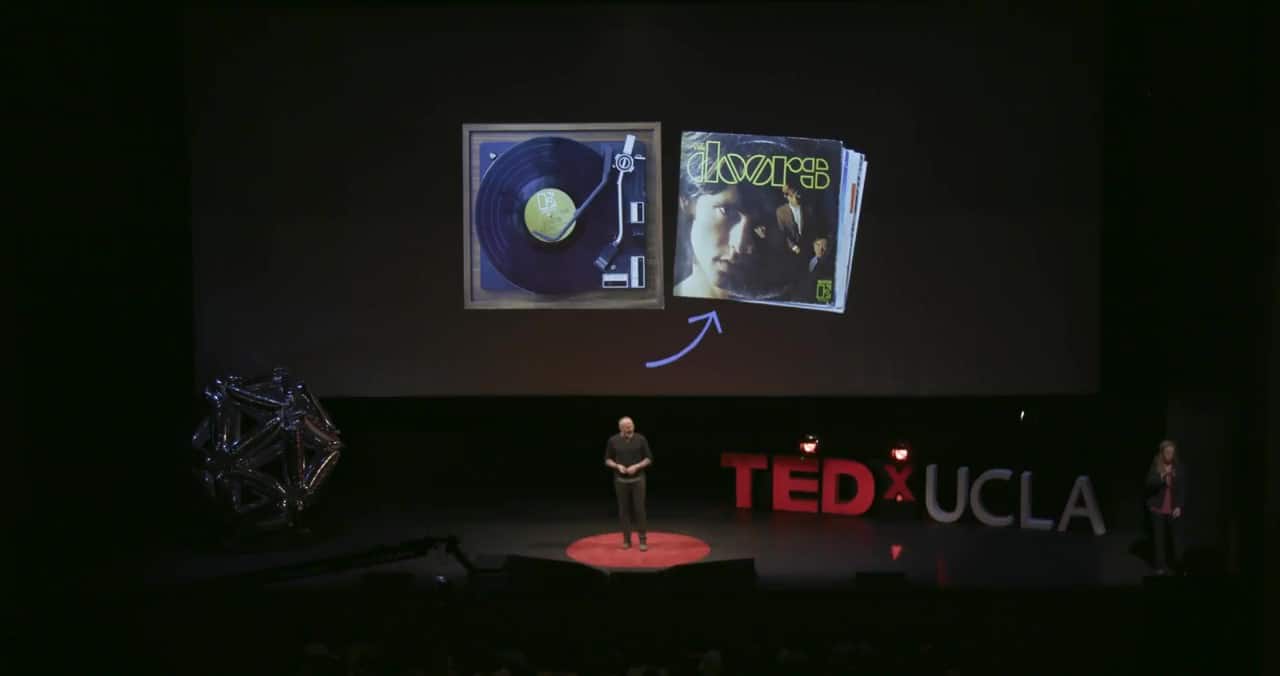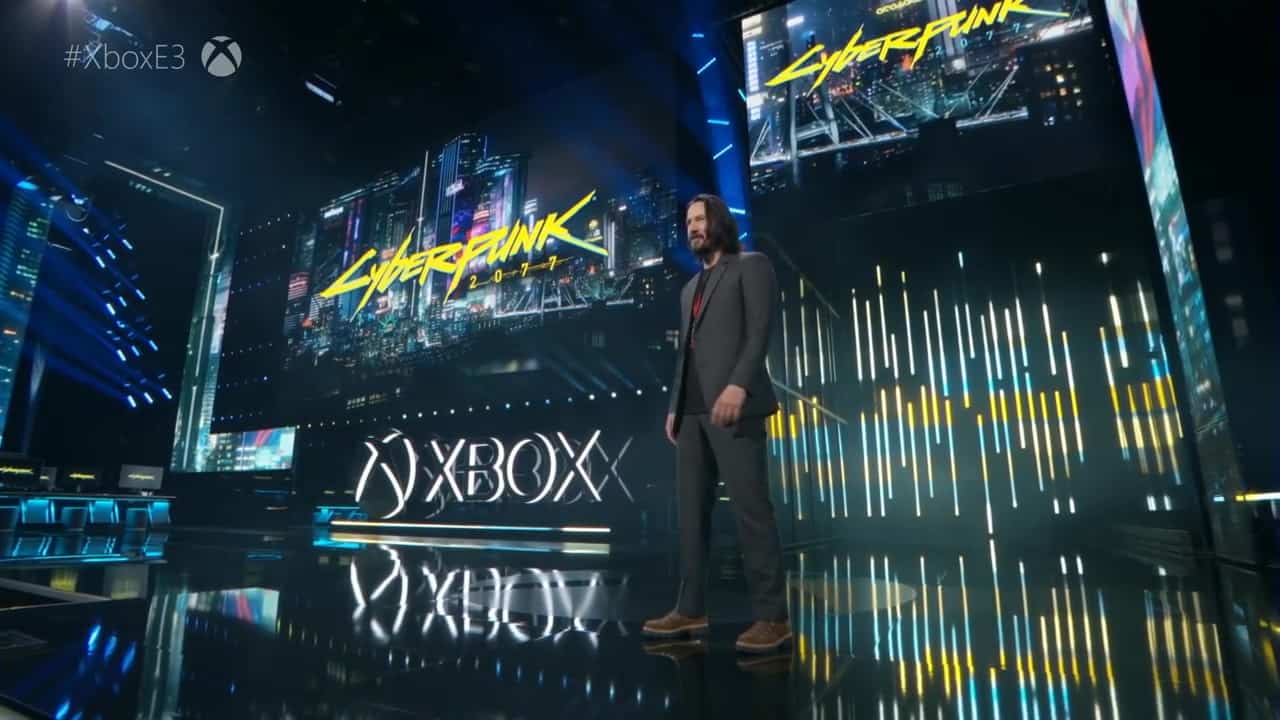Presenting at an exhibition or conference abroad is an exciting – but daunting – task. Apart from complex logistics, there are communication matters that need to be addressed. If you handle these well, the trip to a distant land will not be a mere exotic journey, but a chance to establish yourself in new relations. We have prepared dozens of customers to effectively speak, talk, and exhibit in an international environment – and would now like to explain what you should focus on.
Choose Your Team Wisely
That’s one of the most crucial things; carefully select those who will go to the expo. Firstly, focus on the number. Depending on your position and the fairs type, you may want to let 2–4 people go and represent you nicely. Too many is a crowd, and one person’s always in need of a companion. A practical rule of thumb: make sure there is enough of you to take care of your booth, and to check what competitors do at the same time.
Secondly, think of experience. You don’t want to choose only noobs or top professionals. Pick one person that will be great with technicalities in case your interlocutor asks “hard” questions. Depending on the number, choose those that come from different areas (like sales or customer support), and can come in handy at the expo. Think of the audience who will come – will they be engineers that search for partners or rather managers a more general picture? Make sure your team is adequate to the audience and diverse enough so that you can address most of the possible questions on the spot.
Another thing to think about is what roles the team members will have. Who will be responsible for small talk and gathering people near the stand? Who will initiate the talks at the stand? Will there be a person responsible for the logistics and technicalities of the stand in case something happens? Of course, the situation changes, so don’t try to give your team members one and only role but rather make sure they know which role is their main responsibility.
What Does Your Stand Communicate?
Learn on the mistake of one of our clients. Before their first big expo, we were preparing them for the communication challenges they might have encountered. All went smooth and after a while, they felt truly confident; they created their sales pitch, learnt how to approach people without much struggle, understood how to say a lot in a short time, not so waste the attention of the visitors. Splendid!
So, when they got back, we wanted to know how it went. One of them answered: “Well, it was all great, I mean we didn’t have any problem with communication and initiating the talks, we fulfilled most of our goals but… nobody knew what our company does!”
It turned out that the name of the company and the banner they had, didn’t say anything about the sector they were in and the services they offered. Pure enigma. So, when people were approaching them, they were guessing what they company does.”
On one hand, that’s a good hook: a lack of information raises curiosity; on the other, if there are visitors that don’t care enough to approach and ask, they will probably miss an opportunity to learn about their prospect partner. Lesson learnt: make sure the stand (the main message on the banner or any other stand you take) clearly states what your expertise area is and whom you can help. See the example:
 Language Extreme
Language Extreme
Waste no words
 Language Extreme
Language Extreme
Communication Trainings. Language Courses. Translation.
We waste no words.
Clarity. Legibility. Key message. These three.
What’s Your Key Message?
The more you analyze and prepare your message, the more people you will talk to and get interested in your business. This was the main problem of some of our clients: many of them thought a generic pitch will do.
“Hi, my name is Mike. We do stuff. We take care of [list of about 10 services]. Would you be interested in any of those?”
That’s not how you establish relation at all! Here are a couple of things you can do instead:
- Select key words.
Nobody wants to know the history of your business until they ask about it. At some point in your conversation, the visitors would want to know more, and they wouldn’t like to be disappointed. Use this moment well. Choose the information that argues for what you want to convey the most: the attractive essentials.
For instance, do you want to appear as reliable or quick?
If you go for “reliable”, say how long you have been on the market, with whom you have been working (if those are big players), highlight the facts which show that your customers can trust you – like sticking to the deadlines, advising them in case of any problems etc.
If you want to present your company as “quick”, mention the stats that show your solution can be implemented really fast. Give average costs or any other data that can matter to this person. Don’t overflood the interlocutor with information, choose the relevant bits only.
See the example:
 We do a lot of work in trainings: you know, some crazy stuff, some serious stuff. We started in 1910 and then grew slowly, and then grew quickly, and then were bought by the Americans, and then started work abroad with competences in various areas related more or less directly to communication and so on. And now we struggle to grow again.
We do a lot of work in trainings: you know, some crazy stuff, some serious stuff. We started in 1910 and then grew slowly, and then grew quickly, and then were bought by the Americans, and then started work abroad with competences in various areas related more or less directly to communication and so on. And now we struggle to grow again.
 We teach efficient communication and show how good presentation, negotiation, emailing and conversation skills can help companies save money. Why? Because we believe communication competence is the new technology.
We teach efficient communication and show how good presentation, negotiation, emailing and conversation skills can help companies save money. Why? Because we believe communication competence is the new technology.
See? This makes perfect sense: if you don’t know how to speak about your job properly, are you sure you know what you do? Words make worlds, don’t they?
- Don’t murder with slogans. Prove that what you have just verbalized so nicely is part of your ethos. Example: if you claim effective business relations are your key ambition, try to highlight it in an authentic manner. How about bringing a coffee machine to your stand so that you can sit down and casually discuss the business pain of your interlocutor? The atmosphere and individual approach is the most important thing. Check how our friends at Nava Ship Design did this last year with their Smart Engineering Alliance at Rotterdam’s Europort fairs: httpss://bit.ly/2NNOcRd Craft beer at an engineering expo? Splendid choice!
- Ask questions. Yes, that’s part of your message, too. Your attentionyou’re your readiness to serve. Focus on the interlocutor to match his interests and needs with what you offer. Learn as much as possible about what brings them to the fairs, and what they would like to take home. A simple “Hi! What are you looking for?” can move mountains in this case.
Should I stay or should I go?
Should you hang onto your stand or go further to interest those passers-by in your business? Remember about the roles in your chosen team? That’s the answer. In general, there needs to be somebody near the stand, at all times. However, you need to have a person who will seek the visitors out.
Choose the roles, depending on their personalities. So, what should “the seeker” do? Well, definitely not this:
It’s not information you want to pass. That’s not why you’re at the trades. It’s the relationship you want to establish. It may be harder than just distributing leaflets or trying to talk to random guys, but hey! – quality over quantity! So, here are some tips for the “seeker”:
- Research the visitors that you want to talk to. You can set up meetings at the expo even before the event starts. If you don’t know whom to target, go to LinkedIn, search the valid hashtag and research who you should meet and talk to.
- Publish a post in LinkedIn that you will be visiting the expo with proper tags and hashtags. Thanks to this, others can find you and plan to visit your stand as well.
- When you arrive, search for the areas that your prospects can visit. Go there and try to small talk to other people to see whether they would be interested in your business.
- Use the LinkedIn feature that searches people in the same location. This may help you search for prospects.
- Bring some business cards or any other thing that you have instead. Make sure they remember you and have instant contact number to follow-up. You can try the Linkedin scan code to exchange contacts, too.
- Last but not least, you have to be proactive! Doesn’t matter if you’re the one that seeks the visitors or you remain at your stand; you have to be open to talk to prospects. Without it, there’s no way you can reach your business goals. Just don’t act in a pushy way. Focus on how you can help your interlocutor instead. Those visitors are there for a reason – they want to research some new trends or solutions, so your job is not that hard as it seems. Approach them as a partner, not a salesperson.
Velvet Your Voice
The tone of your voice is more important than you think. Before going to an expo, record how you would approach prospects. Listen to your greetings, to your farewells, and think how you can improve it. Maybe you speak too quietly? Is your voice to high? Are you loud enough? Remember that those places are extremely noisy. Maybe you can work on your intonation? If you have limited time as a prospect, you rather wouldn’t waste your time on a monotonous-sounding guy, right? Why? You know why.
Maybe you can introduce some new emotions to what you’re saying like excitement and feeling of passion and authenticity? That always brings attention. If your intonation isn’t flat and you show with you voice that you’re happy to talk to each person, that’s a win. It’s probably easier said than done as you will be talking to loads of people; however, try to remember that a first impression is truly important.
Have You Trained?
Strategic thinking is one thing, and muscle memory is another. If your performance is uncertain, make sure you have trained your communication before and developed a degree of confidence about what to say and how to say it. The bottom line is: you want your confidence to make the visitors feel more at ease – to make them feel they are in competent hands.
During our communication workshops, we train exactly that: self-presentation skills that build relations. We focus on content (words, images and messages), voice (intonation, tone, and pitch), and body language (yeah, the magic of handshakes, smiles, and eye-contact) to make sure our customers perform better than ever before. In an expo abroad, in an international conference, and in daily work, too. If you need assistance before a foreign business trip, reach us at contact@languageextreme.pl or call +48665257446.




 Language Extreme
Language Extreme Language Extreme
Language Extreme


